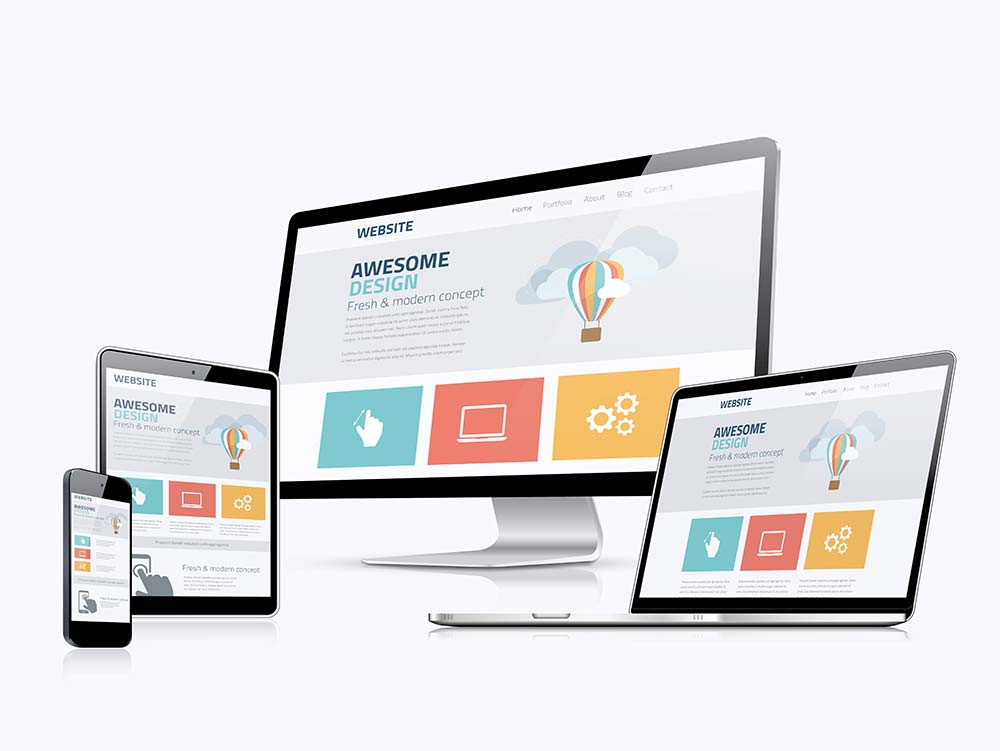Introduction:
In the digital age, having a strong online presence is crucial for businesses to thrive. Your website serves as the gateway to your brand, making it essential to prioritize website usability. By creating a user-friendly, fast-loading, and mobile-optimized website, you can enhance the user experience, increase engagement, and drive conversions. In this blog post, we’ll explore the key aspects of website usability and provide valuable insights on optimizing your website for success.
-
User-Friendly Design:
- Intuitive Navigation: A well-organized website with clear and intuitive navigation enables visitors to find information quickly and easily. Use logical menu structures, intuitive labeling, and prominent calls-to-action to guide users seamlessly through your site.
- Readable Content: Ensure that your content is legible, with a readable font size and appropriate contrast. Organize information into scannable sections, use headings and subheadings, and incorporate bullet points to improve readability and facilitate quick comprehension.
-
Speedy Loading Times:
- Optimize Page Performance: Website speed plays a crucial role in user satisfaction. Compress images, minify CSS and JavaScript files, and leverage browser caching to reduce load times. Regularly monitor and optimize your website’s performance to ensure fast and responsive page loading.
- Streamline Code and Plugins: Simplify your website’s code and limit the number of plugins to avoid unnecessary bloat. Minimizing external requests and optimizing code structure can significantly improve loading times, creating a smoother browsing experience.
-
Mobile Optimization:
- Responsive Design: With the increasing prevalence of mobile devices, it is essential to have a mobile-responsive website. Responsive design allows your site to adapt and display seamlessly across various screen sizes and resolutions, ensuring optimal user experience across desktop, tablet, and mobile devices.
- Touch-Friendly Elements: Optimize your website for touch interactions by using large, easily clickable buttons and ensuring sufficient spacing between elements. Mobile users should be able to navigate and interact with your site effortlessly, enhancing their overall experience.
Prioritizing website usability is fundamental to building a strong online presence. By focusing on a user-friendly design, speedy loading times, and mobile optimization, you can create a website that delights visitors and drives business growth. Remember to regularly analyze user behavior, gather feedback, and make data-driven improvements to further enhance your website’s usability.
At Media Pillars, LLC, we understand the importance of website usability. Our expert team is here to help you optimize your website, ensuring it is user-friendly, loads quickly, and is optimized for mobile devices. Contact us today to take your website to the next level of usability and success.
#WebsiteUsability #UserFriendlyDesign #FastLoadingTimes #MobileOptimization #ResponsiveDesign #UserExperience #OnlinePresence #OptimizeWebsite #MediaPillarsLLC #DigitalSuccess
[sc_fs_multi_faq headline-0=”h2″ question-0=”Why is user-friendly design important for a website?” answer-0=”A user-friendly design is crucial for a website because it allows visitors to navigate and find information quickly and easily. It enhances the overall user experience, increases engagement, and encourages users to stay longer on your site. A well-organized website with intuitive navigation, readable content, and clear calls-to-action creates a positive impression and helps drive conversions.” image-0=”” headline-1=”h2″ question-1=”How can I improve the loading times of my website?” answer-1=”To improve the loading times of your website, there are several steps you can take. First, optimize your page performance by compressing images, minifying CSS and JavaScript files, and leveraging browser caching. This helps reduce file sizes and allows your pages to load faster. Additionally, streamlining your website’s code and limiting the number of plugins can help minimize unnecessary bloat and improve loading times.” image-1=”” headline-2=”h2″ question-2=”Why is mobile optimization important for a website?” answer-2=”Mobile optimization is essential because of the increasing use of mobile devices for browsing the internet. Having a responsive design ensures that your website adapts and displays properly across various screen sizes and resolutions. Mobile users should be able to navigate your site easily and interact with touch-friendly elements. By providing a seamless mobile experience, you enhance user satisfaction and reach a broader audience.” image-2=”” count=”3″ html=”true” css_class=””]





